Week Ending July 3, 2016
/As mentioned in last week’s blog entry, this one will be the last of the 7-day, weekly blogs. After this week, the blog is shifting to a thrice-monthly article series (1st through 10th, 11th through 20th, and 21st through month’s end) so that as the years go on, time periods are directly comparable to one another; something that is not possible when using a Monday-Sunday timeframe since each year the dates will slide. The next blog will be issued by July 12th, and will cover July 1st-10th, so some information that appears in this last weekly blog will be duplicated there. The reason being, I’d rather have a slight overlap to kick things off, then have any gaps in the information. Having said this, I hope folks are supportive of the change, it will also makes things a bit easier on me to ensure information and photographs are kept to a high standard. Of course, this last week lead up to the Fourth of July Holiday, so a large number of local birders probably spent more time grilling & socializing with family and friends than birding, but we still had an excellent week of reports. The beginnings of southbound shorebird migration is just around the corner, which will makes things quite exciting through mid & late July hopefully. WEEKLY WEATHER: Temperatures stayed pretty consistent with the previous week, dropping only slightly to an average daily high of 86.4 degrees F (a 1.6 degree shift); the average daytime lows somehow managed to land exactly as they had the previous week, right at 72.3 degrees F (a surprising duplicate of last week’s average). Overall, we hit a peak high on Wednesday (29 Jun) & Friday (1 Jul) of 91 degrees F (2 degrees lower than last week’s high), and a low daytime temperature of 68 degrees F, on Monday (27 Jun). We experienced precipitation on five of the seven days this week, making it the rainiest week we’ve seen in a good while. Total accumulations totaled 2.23 inches at Oceana Naval Air Station, the gauge I use to compare data in this blog, with 1.31 inches of that occurring on Friday (1 Jul).
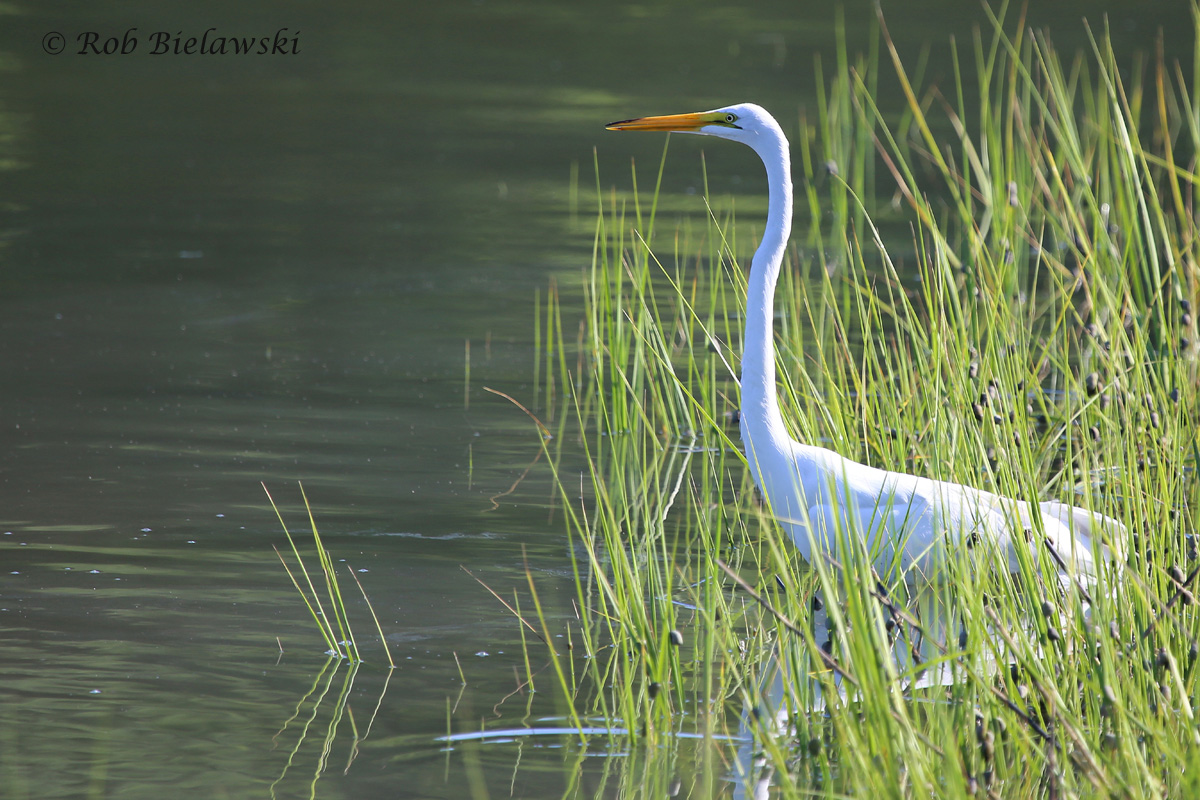
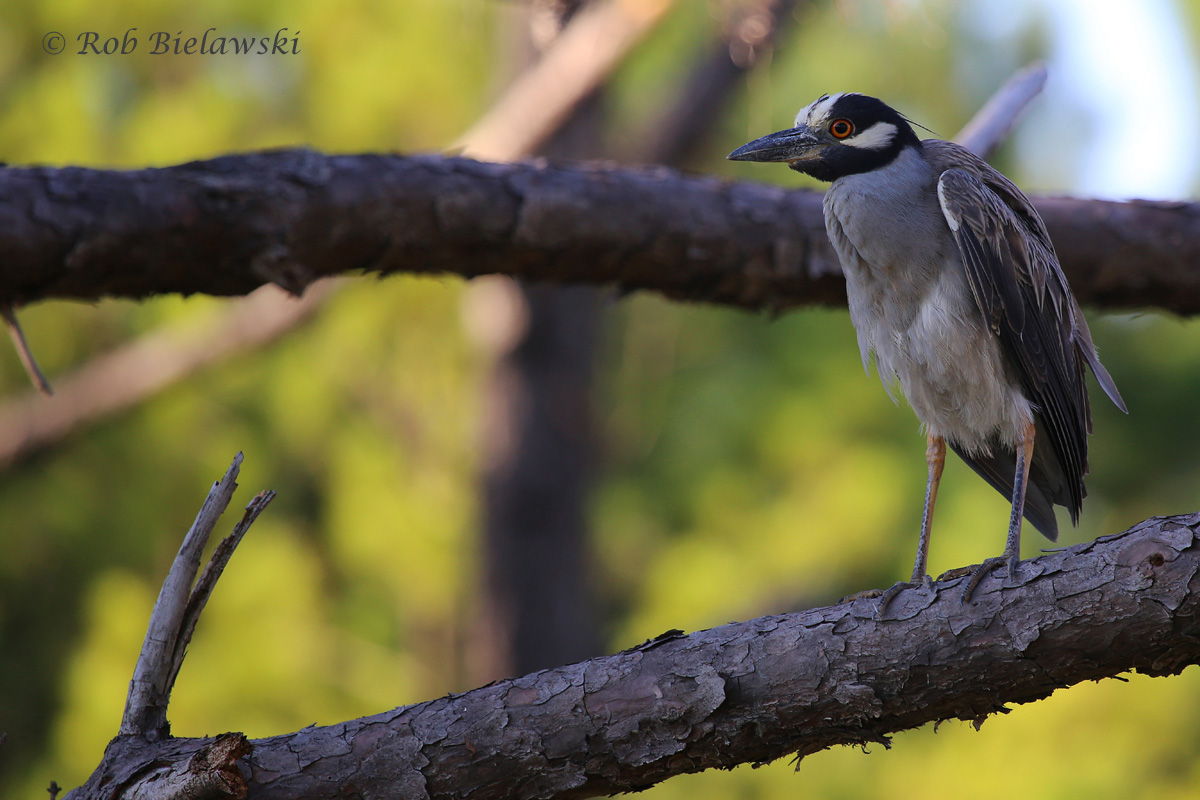

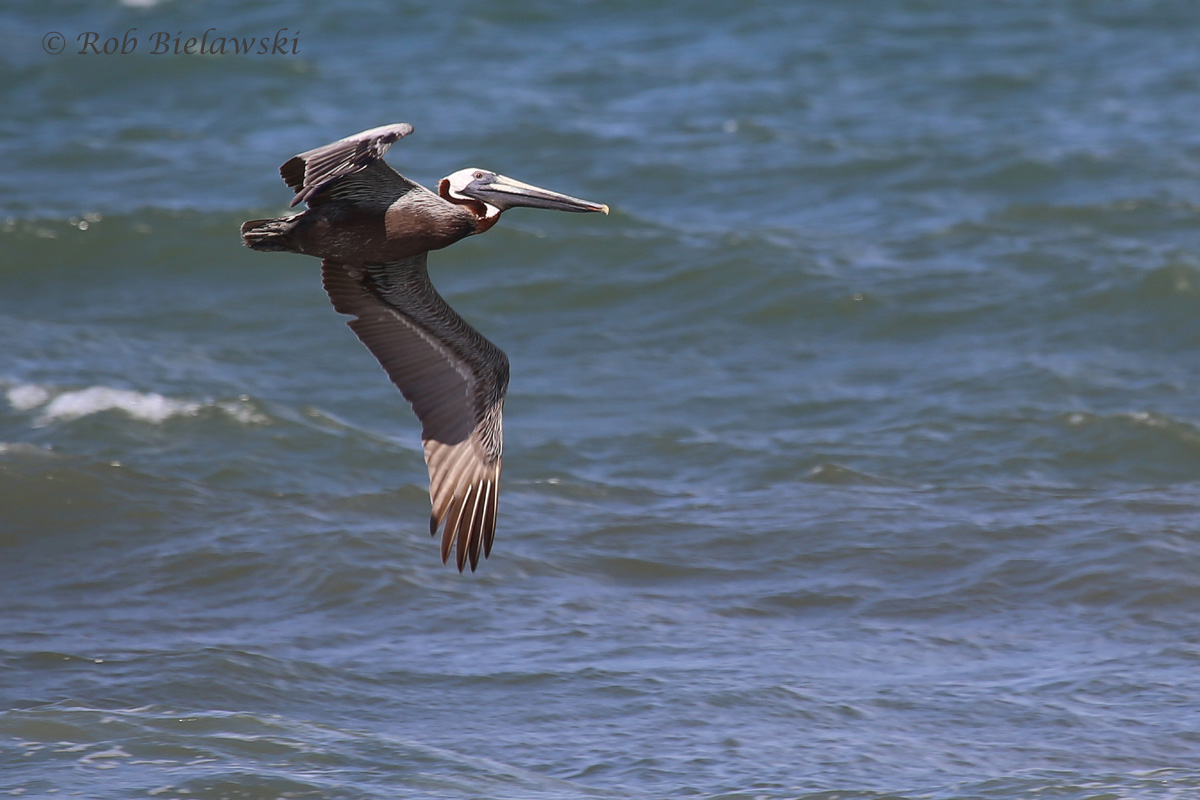
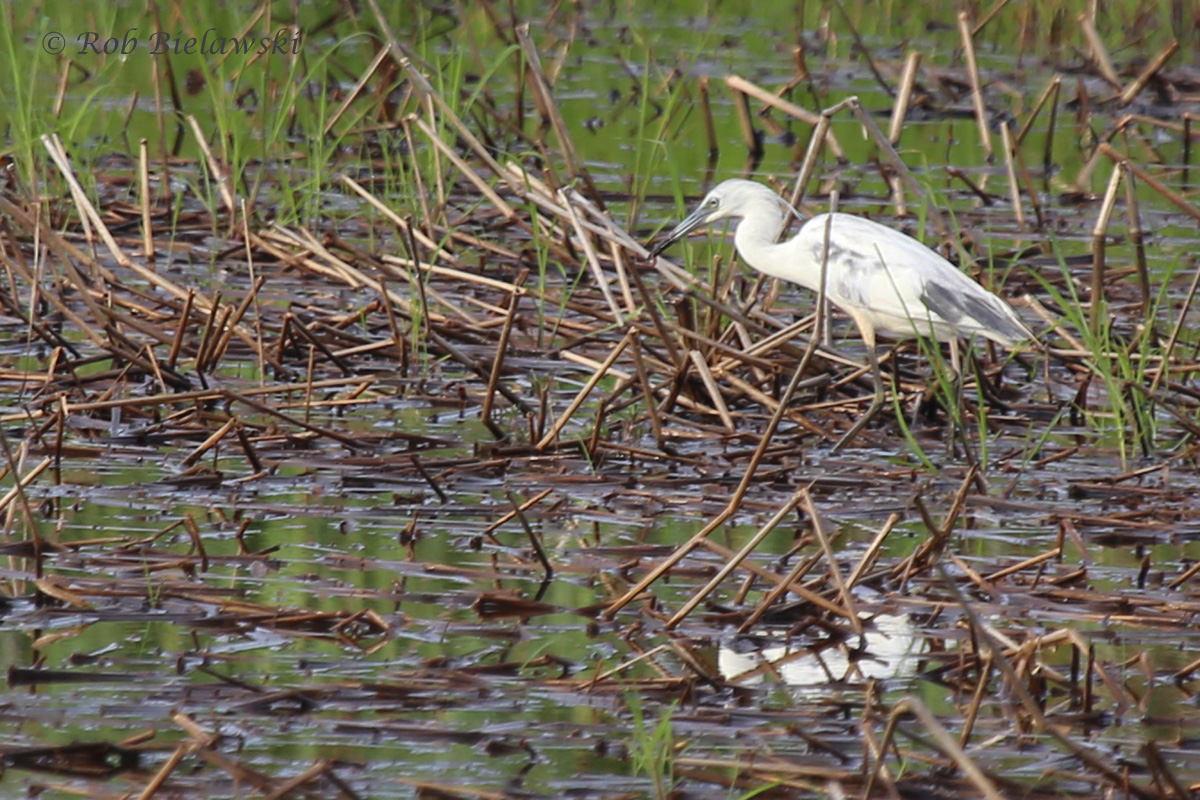
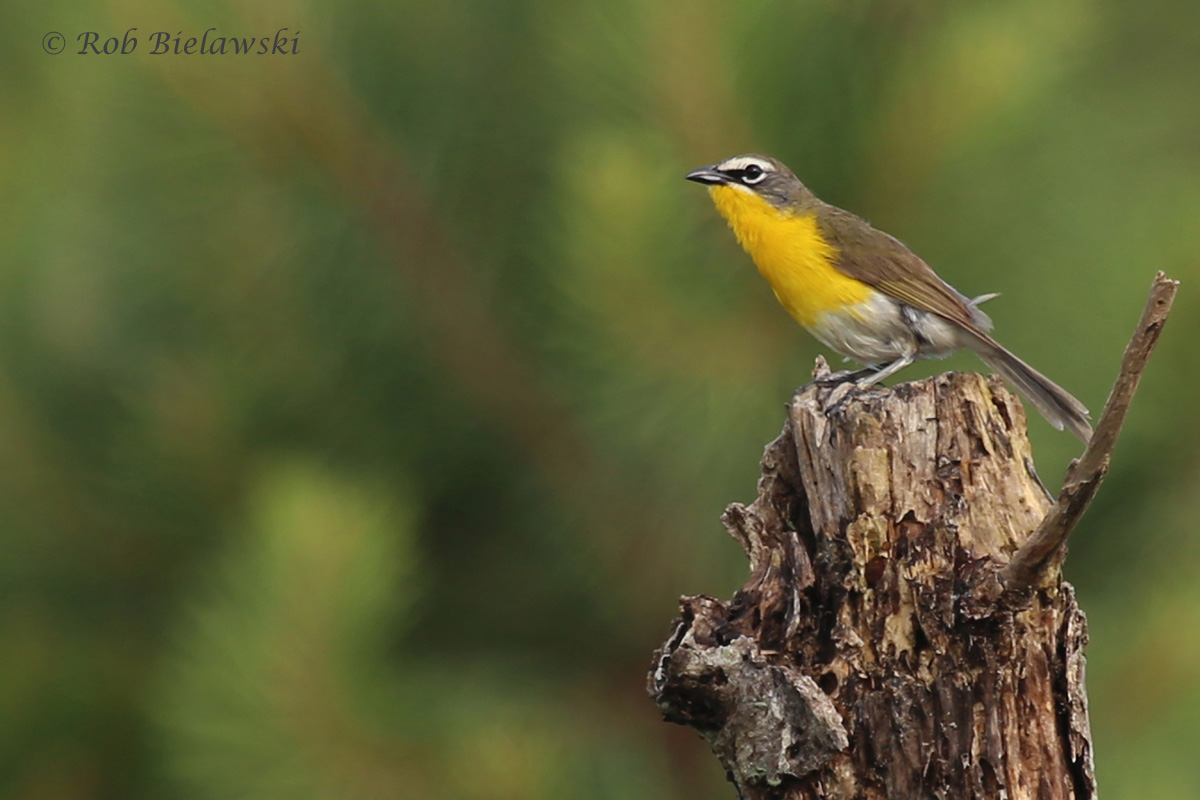
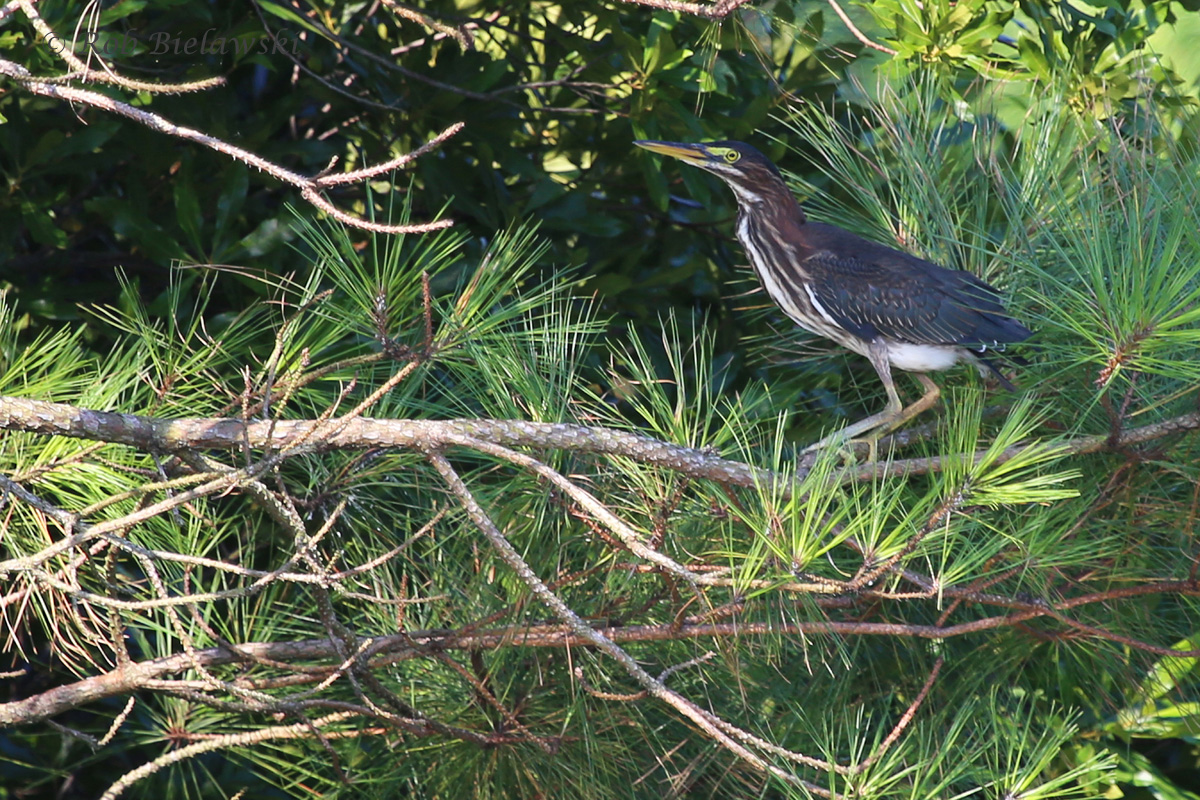
WEEKLY OBSERVATIONS: As with last week (and the week before as a matter of fact), the BLACK-BELLIED WHISTLING-DUCK first observed on 14 Jun by Kim Garcia continued to be seen around Dubay Properties on Shore Drive along the shoreline of Lake Joyce through at least Tuesday (28 Jun) when Ellison Orcutt observed it. There were not any checklists submitted for that particular area beyond that date, so the bird might still be present, with no one seeking it out. Wilson’s Storm-Petrels were a highlight species this week, with 8 individuals observed (27 Jun / 85th Street Beach / Andrew Baldelli) followed by a single individual at the same site later in the morning (Rexanne Bruno). Several species that are known to summer in Virginia Beach, but in small numbers, and perhaps not on an annual basis were observed this week. Black Scoters were reported from Back Bay NWR to Fort Story throughout the week, with as many as 16 being observed (1 Jul / Fort Story / Karen & Tom Beatty) sitting right on the beach! According to Ned Brinkley in a post made in the Hampton Roads Wildlife Enthusiasts Facebook group, these scoters began summering on the coastline in 2012 and no one seems to know what provoked the shift in their range. Since then, this species (as a whole) has become an annually permanent resident of Virginia Beach (though individuals may or may not not remain here year-round). Another pair of species that seem to pop up more & more throughout the summer months here was a Common Loon (2 Jul / First Landing SP / Andrew Baldelli & Tracy Tate), and also an American Coot (2 Jul / Princess Anne WMA / Rob Bielawski). In addition to these lingering species, there was a couple of surprise observations for the middle of summer, notably a Northern Gannet (1 Jul / Back Bay NWR / Rob Bielawski) which was aged to be a 1-year old individual by Brian Patteson upon seeing the photograph on Facebook. Gannets in the summer months are very unusual in Virginia, with only a few other previous records listed in eBird. Two Blue-winged Teal (2 Jul / Princess Anne WMA / Rob Bielawski) were also very unusual. Were these lingering individuals who have stayed in the area since springtime, or are they extremely early southbound migrants? I made two more attempts to relocate these birds but came up empty-handed unfortunately. Lastly, in a similar situation, a Spotted Sandpiper (30 Jun / Back Bay NWR / James Barnes) might represent the first southbound shorebird, which should give us all a boost of excitement as we head towards mid-July! WEEKLY RELEVANT SPECIES DOCUMENTED BY MEDIA submitted for Virginia Beach this week dropped off a bit from last week, but with the Black-bellied Whistling-Duck present, and many breeding species documented (including some fledgling photographs), we still scraped together a decent showing over the last 7 days. This week’s Virginia Beach eBird media postings included: MONDAY (27 JUN) – Black-bellied Whistling-Duck (Lake Joyce / Conor Farrell); Black Scoter, Brown Pelican, Osprey, Common Tern & Royal Tern (Fort Story / Karen & Tom Beatty); Prothonotary Warbler (Stumpy Lake NA / Pamela Monahan). WEDNESDAY (29 JUN) – Great Egret, Yellow-crowned Night-Heron, Northern Mockingbird, Blue Grosbeak & Red-winged Blackbird (Pleasure House Point NA / Rob Bielawski). THURSDAY (30 JUN) – Yellow-crowned Night-Heron (South Thimble Island / Kim Harrell). FRIDAY (1 JUL) – Black Scoter, Brown Pelican, Common Tern, Forster’s Tern, Royal Tern & Sandwich Tern (Fort Story / Karen & Tom Beatty); Northern Gannet, Brown Pelican & Great Blue Heron (Back Bay NWR / Rob Bielawski); Eastern Bluebird (Glenmore Hunt Trail / Karen & Tom Beatty). SATURDAY (2 JUL) – Little Blue Heron, Yellow-breasted Chat, Indigo Bunting & American Goldfinch (Princess Anne WMA Whitehurst Tract / Rob Bielawski); Green Heron (Princess Anne WMA Beasley Tract / Rob Bielawski); Northern Bobwhite (Audio) (Princess Anne WMA Whitehurst Tract / Rob Bielawski); Osprey (Horn Point Road / Karen & Tom Beatty); Snowy Egret (Muddy Creek Road / Karen & Tom Beatty); Cattle Egret (Nanneys Creek Road / Karen & Tom Beatty). LOOKAHEAD: Shorebirds should begin trickling into the region over the next week or two, and through August these will likely be the species being sought out by local birders. The nice thing about fall shorebird season is it gets us birders out on the beaches, where biting insects aren’t as populous as they are in the thicker vegetation. Of course, the main difference between spring & fall shorebird season is that individuals will all be in various transitional states of molt, and we also have the juvenile birds to muddy our identifications. Springtime is much easier as far as identifying shorebirds goes, but, many species are seen more commonly on the coast during the fall, having migrated north to the breeding grounds through the interior of the continent. Species like Pectoral Sandpipers, Buff-breasted Sandpipers, and American Golden-Plover are much more frequently encountered during their southbound journeys here, so throughout July, these are a few to seek out!
Next Entry | Entry Index | Previous Entry
For more information on the Weekly Birding Blog, please check out the Journal Overview Page on the website. It provides background information as to what sightings are considered for the blog, the format of the blog, and will likely answer other questions any readers might be wondering about as well.